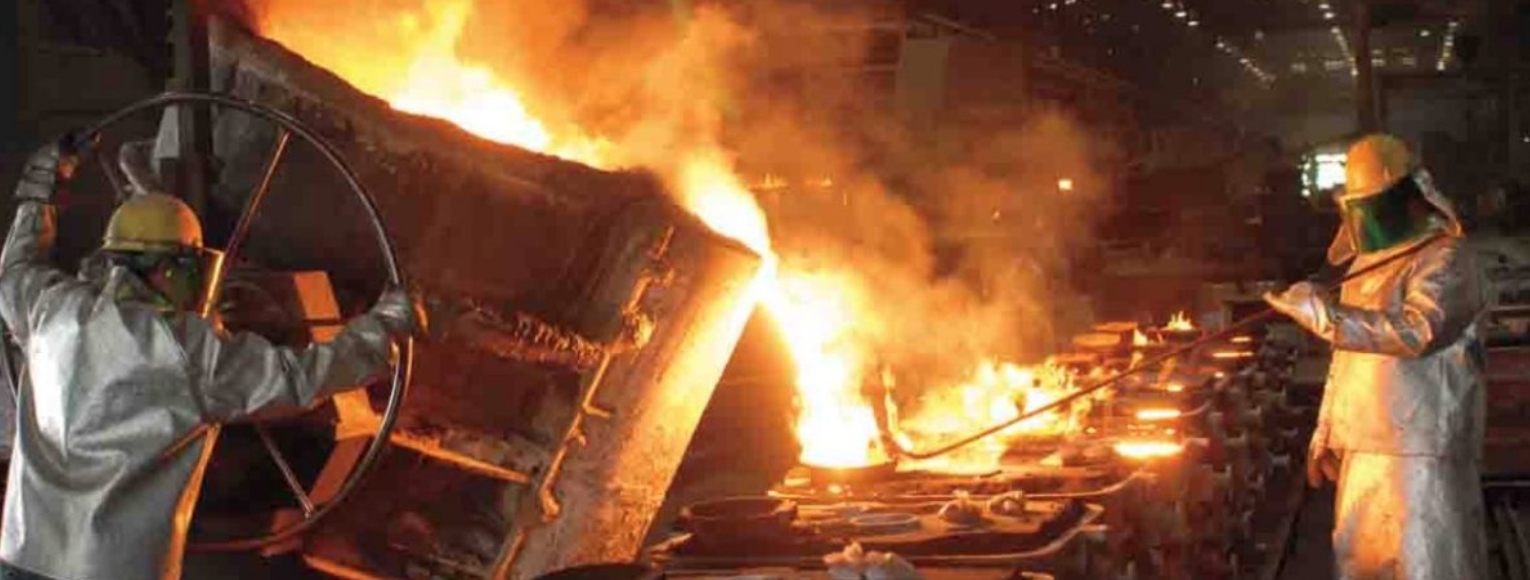
Sand casting companies are evolving through significant technological advancements and shifting market dynamics. A notable trend is the increasing precision and quality of cast components, driven by improvements in sand casting companies techniques. The market segments based on sand types like green sand, resin sand, sodium silicate, and petrobond show diverse applications. Green sand, in particular, is popular due to its cost-effectiveness and versatility, while resin sand is gaining traction for its superior dimensional accuracy and surface finish, making it ideal for sand casting companies complex parts.
Manufacturing processes like cold box, hot box, and CO2 cure also show variations in market share. The cold box process is prevalent due to its high dimensional accuracy and ability to produce complex shapes, whereas the CO2 cure process is becoming more popular for its cost-effectiveness and suitability for large castings.
- Adoption of Advanced Technologies: Sand casting companies are increasingly integrating technologies like 3D printing, computer-aided design (CAD), and computer-aided manufacturing (CAM) into their processes. This integration leads to more precise and complex molds, reduces production times, and allows for rapid prototyping.
- Automation and Robotics: To increase efficiency and precision, many sand casting companies are incorporating automation and robotics into their production lines. This not only speeds up the manufacturing process but also enhances the consistency and quality of the products.
- Improved Material Science: Advancements in material science have led to the development of better quality sands and binders, which improve the strength and durability of molds and cores. This results in higher-quality castings with fewer defects.
- Environmental Sustainability: Environmental concerns are prompting sand casting companies to adopt more sustainable practices. This includes recycling of sand, investment in cleaner technologies to reduce emissions, and efforts to minimize waste.
- Enhanced Quality Control Techniques: Modern sand casting companies are employing sophisticated quality control methods, such as X-ray imaging and 3D scanning, for non-destructive testing of castings. These technologies help in detecting internal flaws and ensure the integrity of the castings.
- Diversification of Services: To meet the varying needs of different industries, sand casting companies are diversifying their services. This includes offering a wider range of materials, providing additional finishing and machining services, and catering to custom and complex project requirements.
- Global Expansion and Collaboration: Companies are expanding their global footprint and engaging in collaborations and partnerships. This expansion helps them to tap into new markets and leverage international expertise and resources.
- Focus on Customer-Centric Approaches: There’s an increased emphasis on understanding and meeting specific customer requirements. Tailoring services to individual client needs, including offering design assistance and flexible production runs, is becoming more common.
Regionally, the Asia Pacific region dominates the market, largely due to its robust manufacturing sector. China, as a significant contributor, emphasizes the automotive and construction industries’ reliance on sand casting companies. Europe, with Germany as a key player, is seeing growth due to increasing demand in the automotive and aerospace sectors.
Additionally, the sand casting companies market is adapting to modern technologies like 3D printing. For example, ExOne’s Sand 3D Printing Network, which uses binder jet printing platforms, exemplifies this trend. These advancements offer significant benefits, including the reduction of human error and the ability to create more complex shapes. Polyjet technology in sand casting companies are also noted for its cost-saving and time-reducing advantages in product production.
Overall, the global sand casting companies market is poised for growth, driven by technological advancements, regional market expansions, and an array of applications spanning various industries. This growth is further characterized by a diversification in sand types and manufacturing processes, catering to an expanding range of product requirements.
